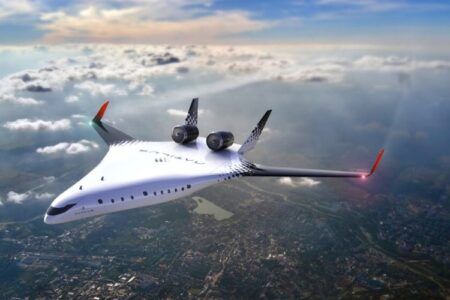The Boeing 737 MAX 8 took to the skies for the first time on January 29, 2016. The milestone was achieved on schedule and marks the start of a comprehensive flight-test program leading to certification and delivery. The first 737 MAX aircraft completed a two-hour, 47-minute flight, taking off from Renton Field in Renton, Washington, USA, and landing at Seattle’s Boeing Field.
The latest technologies are incorporated into the aircraft including LEAP-1B engines from CFM International (utilizing additive manufacturing for some parts) and Boeing’s own Advanced Technology winglets.
During the flight, 737 MAX chief pilot, Ed Wilson, and Boeing chief test pilot and vice president of flight operations, Craig Bomben, reached a maximum altitude of 25,000ft (7,620m) and an airspeed of 250kts, or about 288mph (463km/h) typical of a first flight sequence. While Captains Wilson and Bomben tested the airplane’s systems and structures, equipment on board the aircraft transmitted real-time data to a flight-test team on the ground in Seattle.
The other three 737 MAX 8 flight-test aircraft are currently in different stages of final assembly and the 737 MAX remains on track for its first delivery to Southwest Airlines in Q3 2017.
The new 737 MAX 8 will deliver high efficiency, reliability and passenger comfort in the single-aisle market with an estimated 20% lower fuel use than the first Next-Generation 737s – and 8% per seat lower operating costs than the A320neo.
The 737 MAX 8 is the first member in Boeing’s new single-aisle airplanes – the 737 MAX 7, MAX 8, MAX 200 and MAX 9 – to begin flight testing. The 737 MAX will extend the Next-Generation 737 range to more than 3,500 nautical miles (6,510km), an increase of between 340 and 570 nautical miles (629-1,055km) over the Next-Generation 737. There are 3,072 orders for the 737 MAX from 62 customers worldwide.
February 2, 2016




